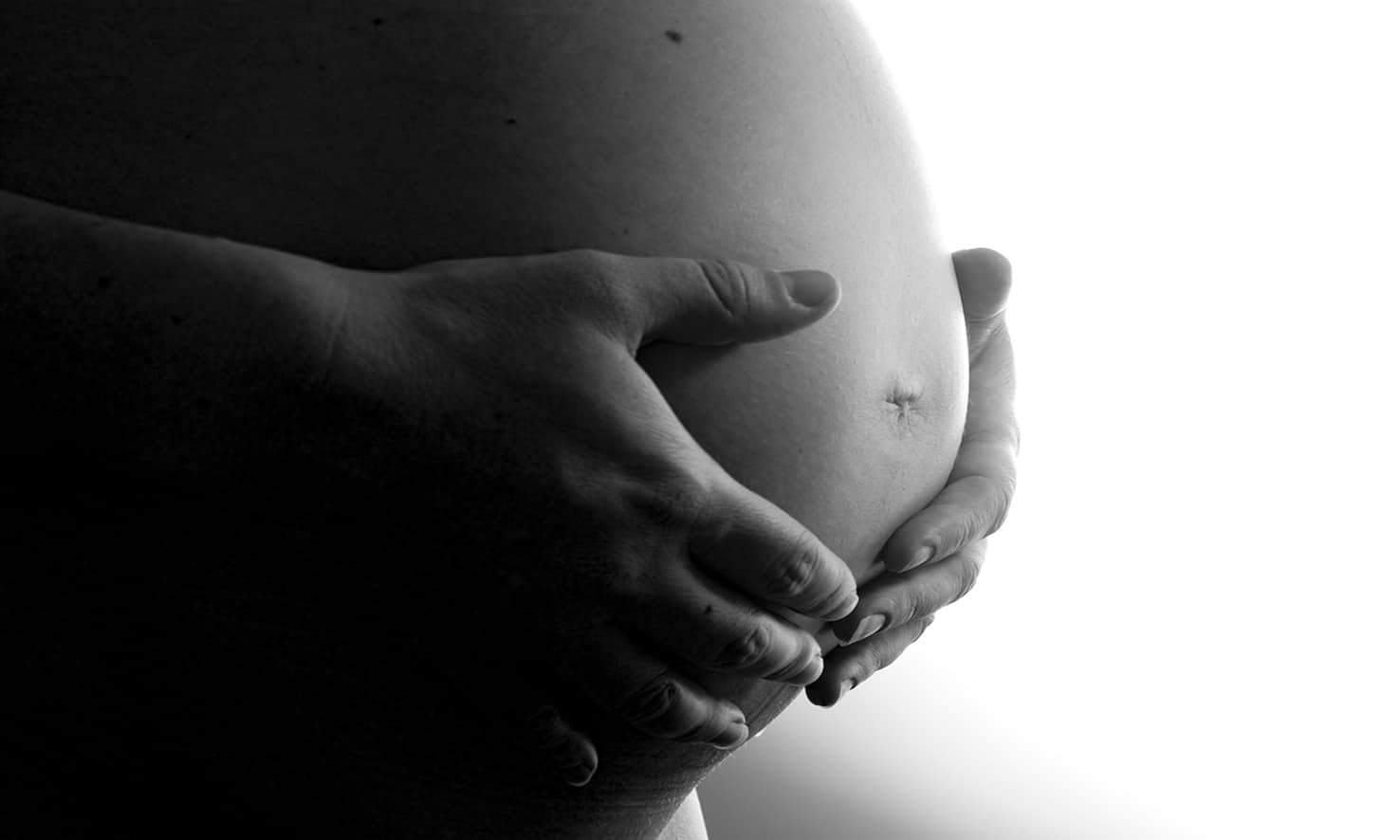Osteopathy for Pregnant Women

During pregnancy, a woman’s body undergoes numerous transformations. The spine becomes more curved, the sacrum changes position, the pelvic ligaments and perineum muscles are put under tension, and the organs are pushed back by the baby, who takes up more and more space… All these physical changes require good mobility of the bone, muscle and ligament structures of the pelvis and back, as well as the digestive and genital organs and the diaphragm. The presence of dysfunctions or “blockages” within this lumbopelvic system can lead to “blockages” or pain that disrupt pregnancy and can complicate childbirth.
As pregnancy progresses, the uterus moves further and further up into the abdominal cavity. This will exert pressure on the organs of the abdomen and pelvis, spreading the ribs and widening the pelvis. You may experience intercostal pain, acid reflux, shortness of breath and back tension. The increase in volume of the mother’s belly stretches and weakens the abdominal muscles, causing the lower back to arch, leading to pain and sciatica. Weight gain during your 9 months of pregnancy will tend to flatten the arches of your feet, changing the way you walk. You may experience pain in the knees, hips and pelvis, as well as a sensation of heavy legs.
Osteopathy for pregnant women is therefore perfectly suited, as it is a purely manual therapy that requires no medication. Your osteopath will use gentle techniques appropriate for you and your unborn baby.
“The mother-to-be transforms throughout pregnancy, her body and posture change. All these modifications can affect the smooth progress of pregnancy and childbirth.”
For pregnant women, it is advisable to consult every 2 to 3 months, in order to monitor the constant changes and adaptations of the body which can generate pain. It will also optimally prepare you for childbirth and help you have the most fulfilling pregnancy possible. Finally, following childbirth, a post-partum check-up is recommended to ensure the integrity of the lumbopelvic structures, which are often disrupted by pregnancy and childbirth. This assessment prepares the pelvis and perineum for future perineal rehabilitation sessions. This will help achieve better results.
Here are some signs to consult an osteopath during pregnancy
- Prevention: Pregnancy monitoring during the three trimesters, childbirth preparation…
- Back pain: lumbago, sciatica, cruralgia, dorsalgia and cervicalgia…
- Pelvic pain, tension, sacralgia, coccygodynia…
- Abdominal pain, constipation, bloating, nausea and vomiting, diaphragm contractures…
- Chest and intercostal pain…
- Anxiety, fatigue, tightness, sleep disorders, depression or baby blues…
- Headaches and some dizziness
- Circulatory disorders (phlebitis, heavy legs, water retention, edema…)
Here are some signs to look for postpartum (after childbirth):
- Prevention: post-partum check-up, preparation for perineal rehabilitation…
- Lower back and pelvic pain (sacrum, coccyx and perineum), back and neck pain…
- Functional urinary and anal incontinence
- Pain during intercourse
- Caesarean section and epidural(scar work)
- Baby blues, anxiety, depression, fatigue…
The osteopath acts as a complement to the gynecologist and obstetrician. Osteopathy can also be recommended in cases of desire for pregnancy, in the face of functional infertility with no apparent causes. The practitioner will ensure good mobility of the pelvis and spine, as well as the organic (uterus, ovaries and fallopian tubes), vascular and nervous structures that are necessary and conducive to fertilization.

